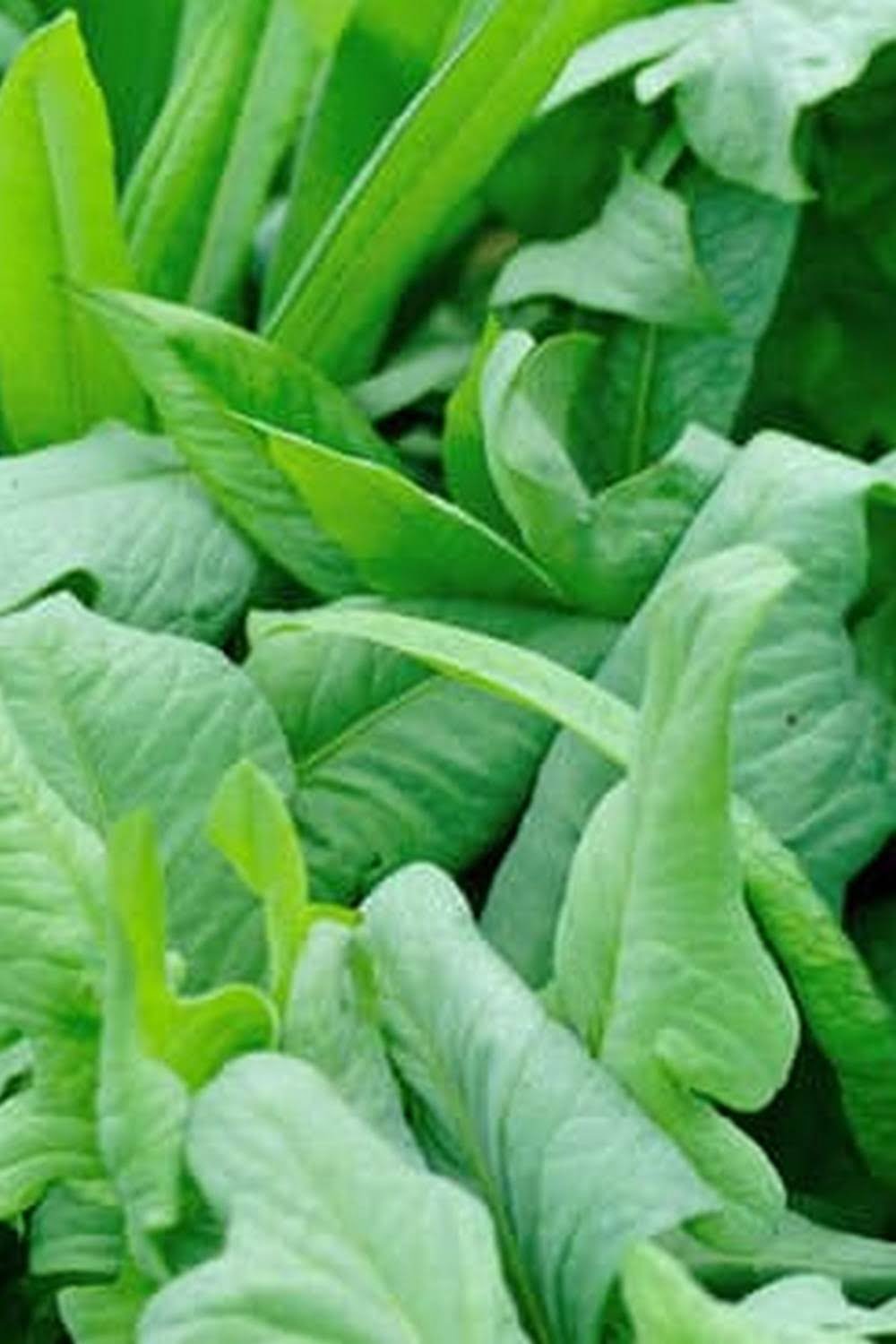Setting Up Raised Bed Vegetable Garden
The first step in creating a raised bed vegetable garden is to mark out the area where the garden will be located. Use a garden hose, tape measure, or string to mark out the dimensions of the garden. Once the area is marked, use a shovel or spade to remove the top layer of soil.
The next step is to create the frame for the raised bed. You can use cedar, redwood, or pressure treated lumber for the frame. If you use treated lumber, be sure to use a sealant to protect the wood from moisture. Cut the lumber to the desired dimensions and use a drill to create pilot holes. then use a screw gun to attach the lumber together.
Once the frame is complete, it is time to add the soil. You can either use soil from your yard or purchase soil from a garden center. Be sure to add a good amount of organic matter to the soil to help improve the soil quality and drainage.
The final step is to add the plants. Choose plants that are suited for your climate and growing conditions. Be sure to read the plant labels to find out how much sun and water the plants need. Add the plants to the garden and enjoy the fruits of your labor!
Soil Raised Bed Vegetable Garden
One of the best ways to have a successful vegetable garden is to use a soil-raised bed. This type of garden is easy to set up and can be used to grow a variety of vegetables.
To create a soil-raised bed garden, you will need:
• Shovel
• Rake
• Hammer
• Nails
• Level
• Tape measure
• 4-6 inches of topsoil
• Compost
• Vegetable seeds
The first step is to measure and mark the area where you will be constructing your garden. Next, use a shovel to dig down 4-6 inches and remove the soil. You will want to save this soil to use later as the top layer in your garden.
Next, use a rake to level the area and then use a hammer and nails to create the frame for your garden. Make sure the frame is level before nailing it into place.
Once the frame is in place, use a shovel to fill it with the saved soil. Make sure the soil is packed down well and then use a rake to create a smooth surface.
Now it is time to plant your vegetables. Follow the instructions that come with your seeds and then water your garden well.
Your soil-raised bed garden is now ready to be enjoyed!
Raised Bed Vegetable Garden Trellis
A vegetable garden trellis is a great way to keep your vegetables off the ground and add a decorative touch to your garden. You can make your own vegetable garden trellis out of a few simple materials, or you can buy one pre-made.
There are a few things to consider when choosing a vegetable garden trellis. The first is the size of the trellis. It needs to be big enough to accommodate the plants you want to grow. The second is the type of plants you want to grow. Some plants, like cucumbers, need a trellis to grow on, while others, like tomatoes, can grow on a trellis or can be left to grow on the ground.
When choosing a vegetable garden trellis, it’s also important to think about the materials it’s made out of. Wood is a popular choice because it’s sturdy and looks nice in the garden, but it can rot if it’s not treated properly. Metal is a good choice for a trellis that will be used in a wet climate, since it’s not as likely to rot. Plastic is a good choice for a trellis that will be used in a hot climate, since it won’t rust or rot.
Once you’ve chosen a vegetable garden trellis, it’s time to put it together. If you’re making your own trellis, you’ll need to cut the pieces of wood to the right size and then drill holes in the sides for the screws. If you’re using a pre-made trellis, all you’ll need to do is put it together according to the instructions.
Once the trellis is assembled, it’s time to plant your vegetables. The best way to do this is to put the plants in the ground at the base of the trellis and then tie them to the trellis as they grow. This will help them to grow upright and will keep them from falling over.
A vegetable garden trellis is a great way to keep your vegetables off the ground and add a decorative touch to your garden. You can make your own vegetable garden trellis out of a few simple materials, or you can buy one pre-made.
There are a few things to consider when choosing a vegetable garden trellis. The first is the size of the trellis. It needs to be big enough to accommodate the plants you want to grow. The second is the type of plants you want to grow. Some plants, like cucumbers, need a trellis to grow on, while others, like tomatoes, can grow on a trellis or can be left to grow on the ground.
When choosing a vegetable garden trellis, it’s also important to think about the materials it’s made out of. Wood is a popular choice because it’s sturdy and looks nice in the garden, but it can rot if it’s not treated properly. Metal is a good choice for a trellis that will be used in a wet climate, since it’s not as likely to rot. Plastic is a good choice for a trellis that will be used in a hot climate, since it won’t rust or rot.
Once you’ve chosen a vegetable garden trellis, it’s time to put it together. If you’re making your own trellis, you’ll need to cut the pieces of wood to the right size and then drill holes in the sides for the screws. If you’re using a pre-made trellis, all you’ll need to do is put it together according to the instructions.
Once the trellis is assembled, it’s time to plant your vegetables. The best way to do this is to put the plants in the ground at the base of the trellis and then tie them to the trellis as they grow. This will help them to grow upright and will keep them from falling over.
How To Vegetable Garden Raised Bed
There is a lot of debate on the best way to vegetable garden. Some people swear by traditional row gardening, while others are all about planting in raised beds. If you are trying to decide which method is best for you, it is important to consider the pros and cons of each option.
Row gardening is the most traditional way to vegetable garden. The plants are planted in long rows, and the gardener walks up and down the rows, tending to the plants. This is a good option if you have a large garden, because you can fit a lot of plants in a small space. However, it can be difficult to get to the plants in the back of the row, and it can be hard to weed and harvest the plants.
Raised bed gardening is a newer method that has become popular in recent years. In a raised bed garden, the plants are planted in a raised bed, which is a box-like structure that is filled with soil. This is a good option if you have a small garden, because you can fit a lot of plants in a small space. It is also easy to weed and harvest the plants in a raised bed garden. However, it can be difficult to get to the plants in the back of the bed.
So, which is the best way to vegetable garden? The answer depends on your individual needs and preferences. If you have a large garden, row gardening is a good option. If you have a small garden, raised bed gardening is a good option.
Raised Bed Vegetable Garden Book
The Raised Bed Vegetable Garden Book is a comprehensive guide to growing vegetables in raised beds. The book includes information on choosing the right site for your garden, preparing the soil, choosing plants, and caring for your vegetables.
The Raised Bed Vegetable Garden Book is filled with helpful tips and useful information, including:
-How to build a raised bed
-Which vegetables are best for growing in raised beds
-How to care for your garden plants
-How to prevent pests and diseases
The Raised Bed Vegetable Garden Book is the perfect guide for anyone who wants to start growing vegetables in a raised bed garden.

If you’re looking to get into vegetable gardening, or are just looking for some tips on how to make your current garden better, then you’ve come to the right place! My name is Ethel and I have been gardening for years. In this blog, I’m going to share with you some of my best tips on how to create a successful vegetable garden.





